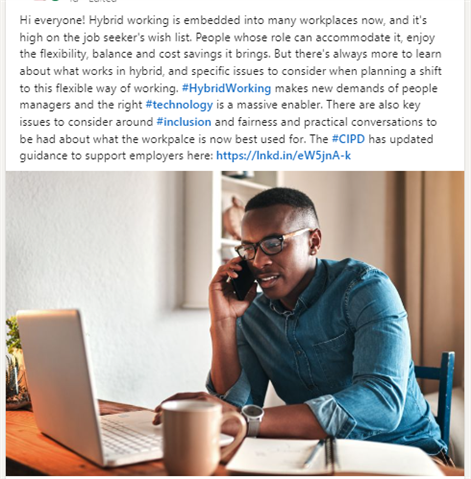Hi guys!
I am part of the HW HR team and despite rolling this out on May 1st, our HW just isnt working. Currently, our teams have been allocated 'neighbourhoods' and given two 'team days' per week as to when they are expected to be in, with a third to be booked at their discretion. The expectation is however that they are in three days a week. It is rare that teams do attend more than 1 team day a week, much less the third discretionary day and business leaders arent driving this.
As a HR professional, of course i am not surprised. I know that what works best for one isnt necessarily right for another, but i do believe (from feedback) that mandating time in the office isnt going to work and ultimately may do more harm than good. I now need to present something to the global team by way of a solution, and demonstrate what good really looks like.
Has anyone rolled out something with Hybrid Working that has worked really well that they could share? I'm really interested to see what best practises are being used in alternative businesses.
Thanks,
C

